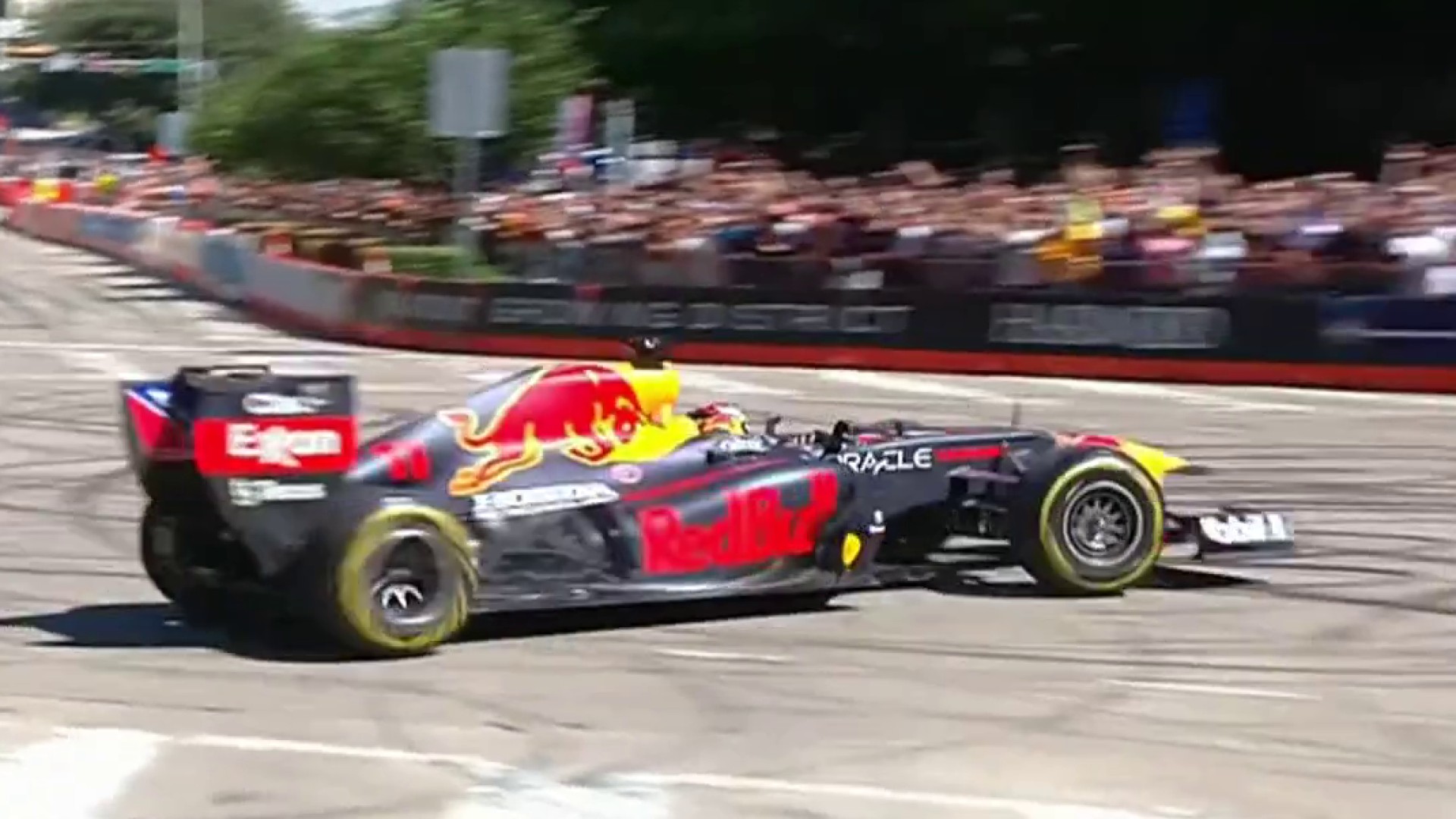Bike safety advocates and loved ones gathered Tuesday to remember a bicyclist run over and killed on H Street — and to remind D.C. that the streetcar tracks pose a risk for cyclists, pedestrians and even strollers.
Malik Habib, of Northeast D.C., died in June after his bike tire got stuck in the street car tracks and he fell into the path of a tour bus in the 300 block of H Street NE, D.C. police said. He was 19.
"All of those events started with the street car track, and I think they can prevent that," Habib's mother, Laura Montiel, said.
His brother, Cyrus Habib, dressed in white and led a short ride to the spot where his brother was struck. The spot is memorialized by a ghost bike, painted white, with a sign that says "A bicyclist was killed here."
"We gotta do our job in the community," Habib said.
Activsts are calling on the D.C. Department of Transportation to install rubber flaps on the tracks to protect those riding bikes, walking or pushing strollers across H Street in Northeast.
A spokesman from the agency told News4 that they are listening to advocates.
Local
Washington, D.C., Maryland and Virginia local news, events and information
"Mayor Bowser has asked DDOT to evaluate and test that particular technology," the spokesman said.
The city is considering flange filler, a type of plastic used to seal surfaces, and other commercially available products to fill the gaps.
For now, the city recognizes the dangers of H Street, which is flush with vehicle, streetcar, pedestrian and cyclist traffic. On a bike map by the D.C. Department of Transportation (DDOT), H Street is marked as having poor "suitability for bikes."
DDOT advises cyclists to use the streets just north and south of H Street to travel east or west, rather than riding on H Street.
People who do bike along H Street said they're extra cautious of the streetcar tracks.
The DC Streetcar website warns cyclists of the danger of the tracks.
"Bicycle tires getting stuck in the streetcar tracks is a common occurrence. Cyclists are more likely to crash when crossing the tracks at an angle less than 90 degrees," the Bike Safety page of the site says.
Montiel says it's incomprehensible that the issue hasn't been addressed in D.C. like it has in other American and European cities, even in light of fatal accidents like Malik's.



